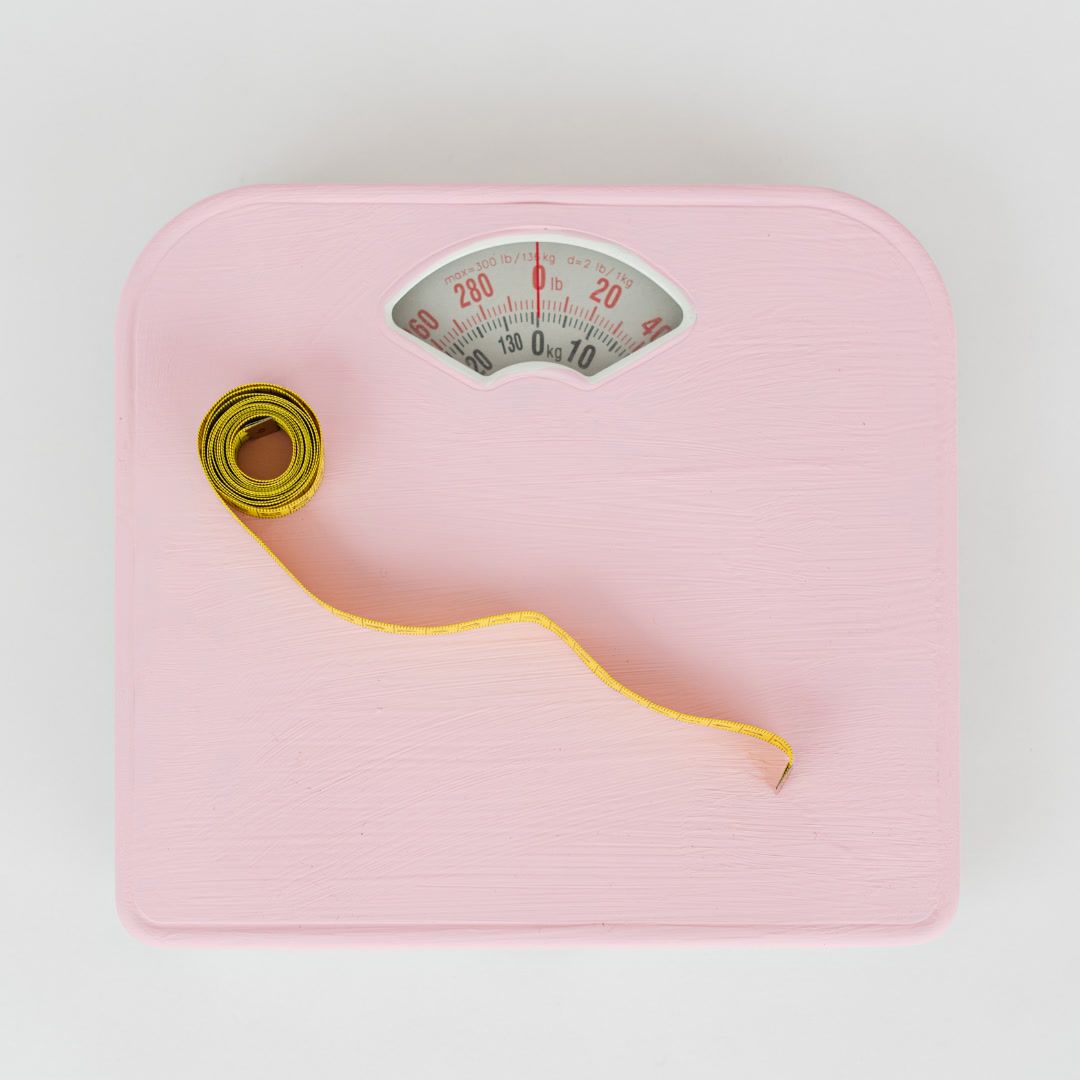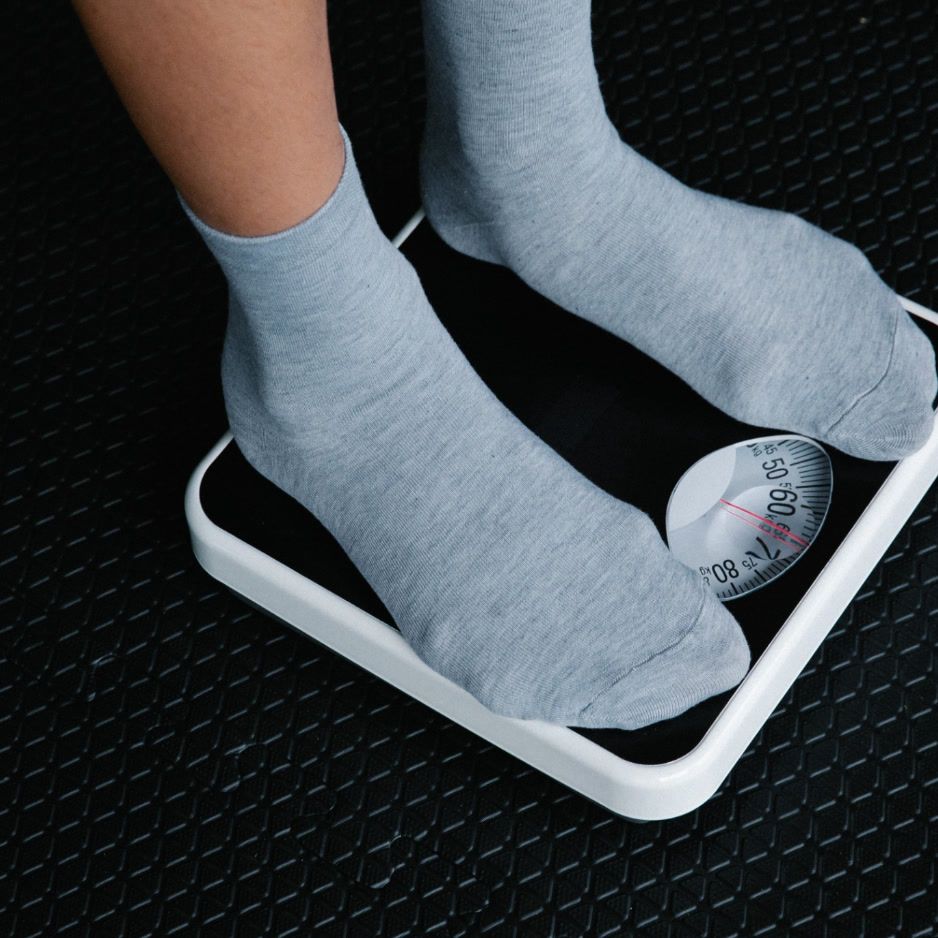The Four Essential Types of Exercise for Balanced Fitness
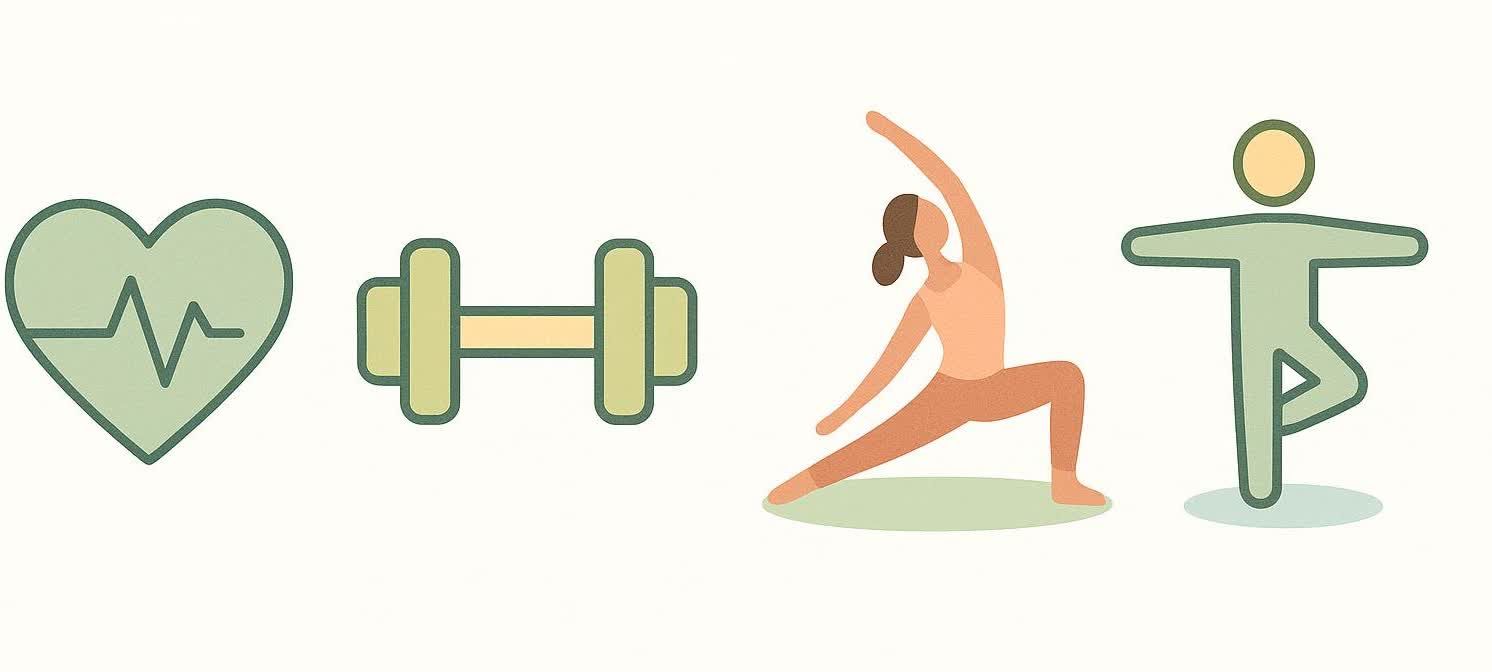
The Four Essential Types of Exercise: Your Complete Guide to Balanced Fitness
Your fitness routine might be missing a crucial piece. While most people focus on just one or two types of exercise, recommendations from the American Heart Association suggest that true fitness requires multiple fundamental categories working together. The four main types of exercise are aerobic training (cardio), strength training (resistance exercise), flexibility training (stretching), and balance training (stability work)—each targeting different aspects of health and working synergistically for optimal results.
Understanding these different types of exercise will transform your approach to fitness and help you measure progress with precision. Whether you aim to maintain mobility and independence, counteract the effects of a desk job, or achieve peak athletic performance, this comprehensive guide will show you how to integrate all exercise types for optimal health outcomes.
What Are the Four Types of Exercise?
Exercise scientists and medical professionals categorize physical activity into distinct types, each targeting different aspects of fitness and health. These categories, which are also outlined by the Cleveland Clinic, work synergistically to create optimal health outcomes:
- Aerobic Exercise (Cardio) - Improves heart health and endurance
- Strength Training (Resistance Exercise) - Builds muscle mass and bone density
- Flexibility Training (Stretching) - Maintains range of motion and prevents injury
- Balance Training (Stability Exercise) - Enhances stability and fall prevention
Optimal health benefits are achieved by integrating all four exercise types into a comprehensive routine rather than focusing on just one. Activities like dancing, yoga, and water aerobics naturally incorporate multiple exercise types, making them particularly effective for overall fitness.
Type 1: Aerobic Exercise (Cardiovascular Training)
Aerobic exercise, also called cardio or endurance training, involves sustained movement that elevates your heart rate and breathing. During aerobic activity, your muscles use oxygen to produce energy, improving the efficiency of your cardiovascular system.
How Aerobic Exercise Works
When you engage in aerobic activity, your heart pumps faster to deliver oxygen-rich blood to working muscles. Over time, this strengthens your heart muscle, improves circulation, and enhances your body's ability to use oxygen efficiently.
CDC guidelines show that regular physical activity reduces the risk of cardiovascular diseases, lowers blood pressure, improves cholesterol levels, and reduces the risk of type 2 diabetes and metabolic syndrome.
Aerobic Exercise Intensities
Low Intensity (Active Recovery Zone)
- You can talk and sing comfortably
- Examples: Leisurely walking, light swimming, gentle gardening
- Best for: Recovery days, beginners, joint-friendly exercise
Moderate Intensity (Aerobic Base Zone)
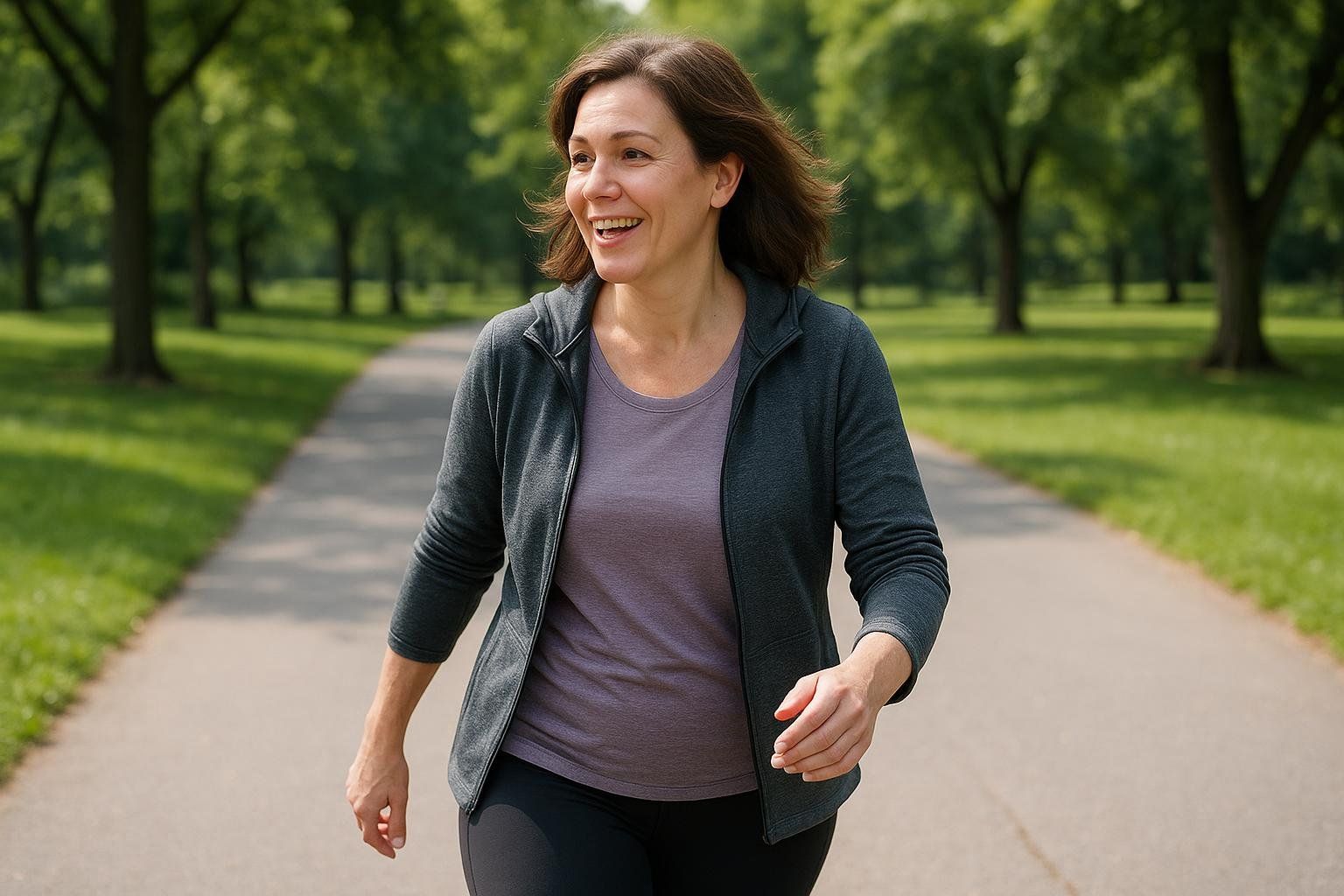
- You can talk but not sing
- Examples: Brisk walking, water aerobics, recreational cycling, dancing
- Target: 150 minutes per week (American Heart Association guideline)
Vigorous Intensity Zone
- You can only speak a few words before needing to catch your breath
- Examples: Running, swimming laps, competitive sports, HIIT workouts
- Target: 75 minutes per week as alternative to moderate activity
Sample Aerobic Exercise Routines
For Desk Workers (20-Minute Lunch Break)
- 5-minute warm-up walk
- 10 minutes stair climbing or brisk walking
- 5-minute cool-down and light stretching
For Active Aging (30-Minute Daily)
- 10-minute gentle warm-up walk
- 15 minutes water aerobics or dancing
- 5-minute cool-down with deep breathing
For Athletic Performance (45-Minute Session)
- 10-minute dynamic warm-up
- 25 minutes interval training or sport-specific cardio
- 10-minute cool-down and mobility work
Type 2: Strength Training (Resistance Exercise)
Muscle mass, bone density, and functional strength become increasingly important with age. Strength training is one of the most valuable investments in your long-term health. Unlike aerobic exercise, strength training works by challenging your muscles against resistance, whether that's your body weight, free weights, or specialized equipment.
The Science of Strength Training
When you challenge your muscles with resistance, you create microscopic tears in muscle fibers. During recovery, your body repairs these tears with additional protein, making the muscle stronger and larger.
Strength training also stimulates bone-building cells, making it essential for preventing osteoporosis. The effects on bone density can be precisely measured with body composition analysis tools that track your progress over time.
Types of Strength Training
Bodyweight Training
- Push-ups, squats, lunges, planks
- Requires no equipment
- Perfect for home workouts and beginners
Free Weight Training
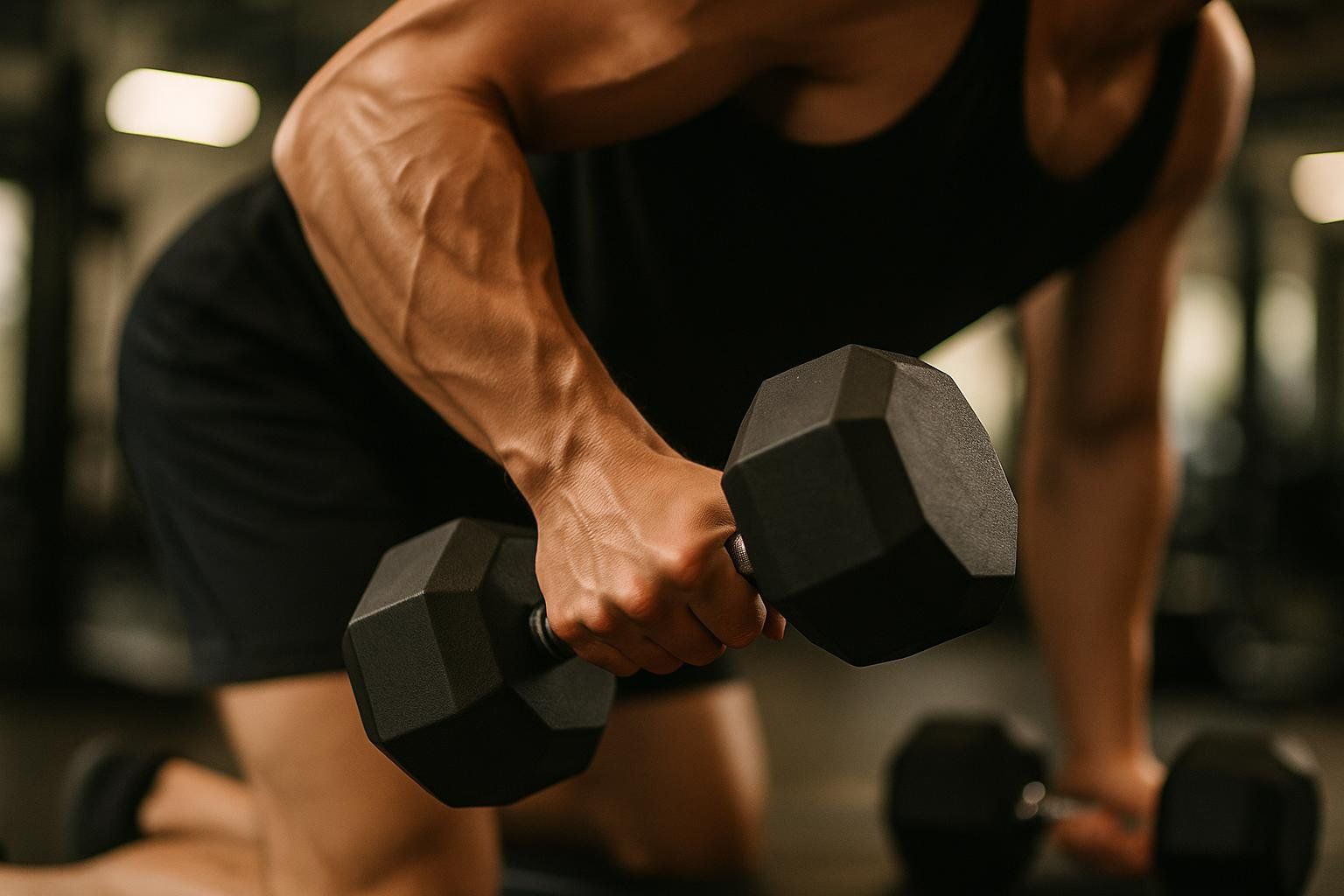
- Dumbbells, barbells, kettlebells
- Builds functional strength and stability
- Allows for progressive overload
Machine Training
- Guided movement patterns
- Safer for beginners
- Effective for isolating specific muscles
Resistance Band Training
- Portable and joint-friendly
- Variable resistance throughout range of motion
- Excellent for rehabilitation and travel
Strength Training Guidelines
General guidelines from health organizations like the Cleveland Clinic recommend:
- Frequency: Train each major muscle group 2+ times per week
- Intensity: 8-12 repetitions to moderate fatigue
- Sets: 1-3 sets per exercise
- Rest: 48-72 hours between training the same muscle groups
Progressive Strength Training Program
The progression timeline below is a general guide—individual advancement will vary based on consistency and starting fitness level.
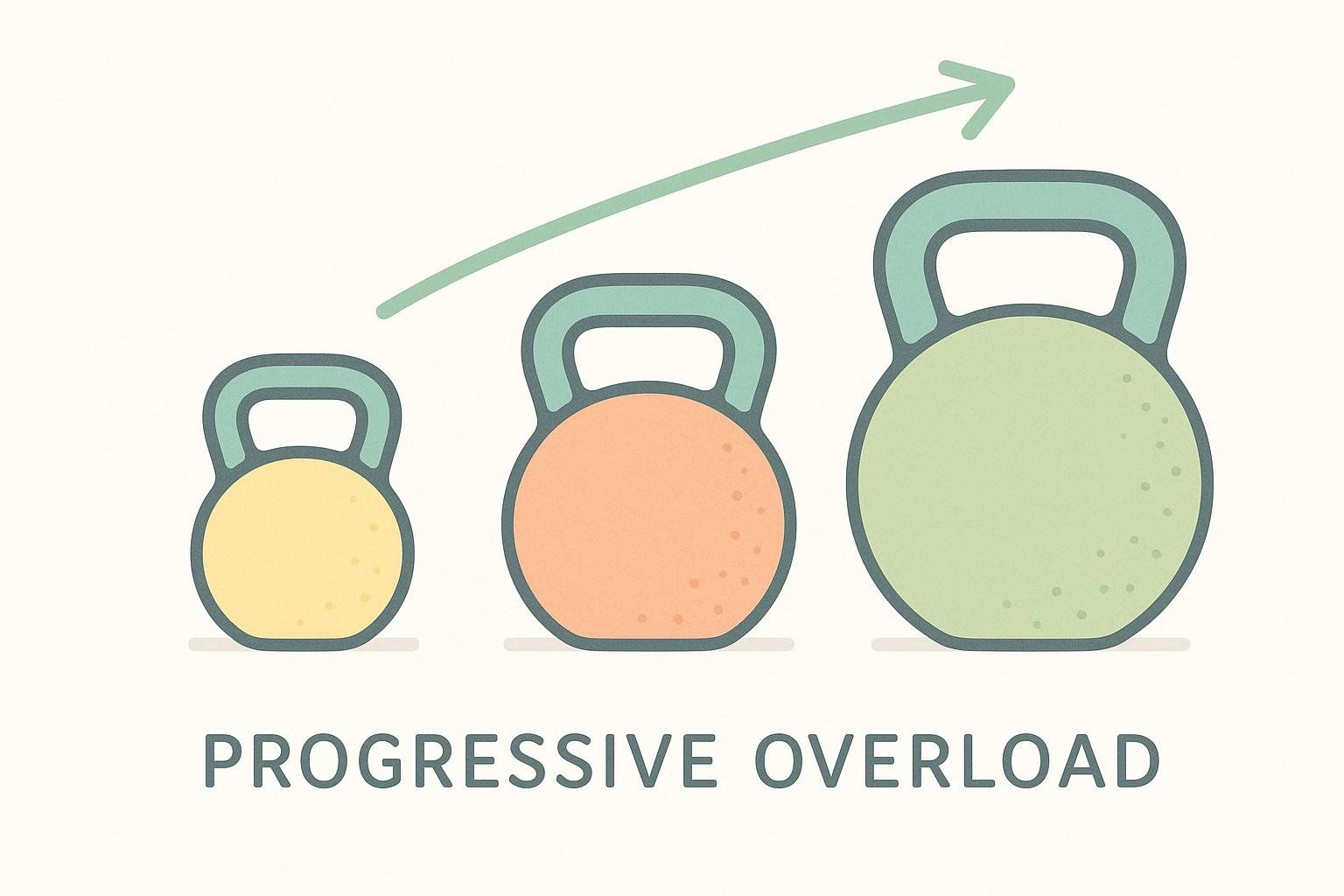
Week 1-2: Foundation Phase
- Bodyweight squats: 2 sets of 8-12
- Modified push-ups: 2 sets of 5-10
- Glute bridges: 2 sets of 10-15
- Planks: 2 sets of 20-30 seconds
Week 3-4: Building Phase
- Bodyweight squats: 3 sets of 10-15
- Modified push-ups or incline push-ups: 2-3 sets of 8-12
- Single-leg glute bridges: 2 sets of 8-12 per leg
- Planks: 3 sets of 30-45 seconds
- Resistance band rows: 2 sets of 8-12
Week 5+: Strength Development
- Goblet squats (using a challenging weight): 3 sets of 8-12
- Push-ups with feet elevated: 3 sets of 6-10
- Single-leg deadlifts: 2 sets of 6-10 per leg
- Planks: 3 sets of 45-60 seconds
- Dumbbell rows: 3 sets of 8-12
As you advance, it's important to track lean muscle mass changes to verify your program's effectiveness.
Type 3: Flexibility Training (Stretching)
Flexibility training maintains and improves your joints' range of motion. The benefits of mobility training show that regular stretching prevents injury, reduces muscle tension, and improves movement quality.
Types of Flexibility Training
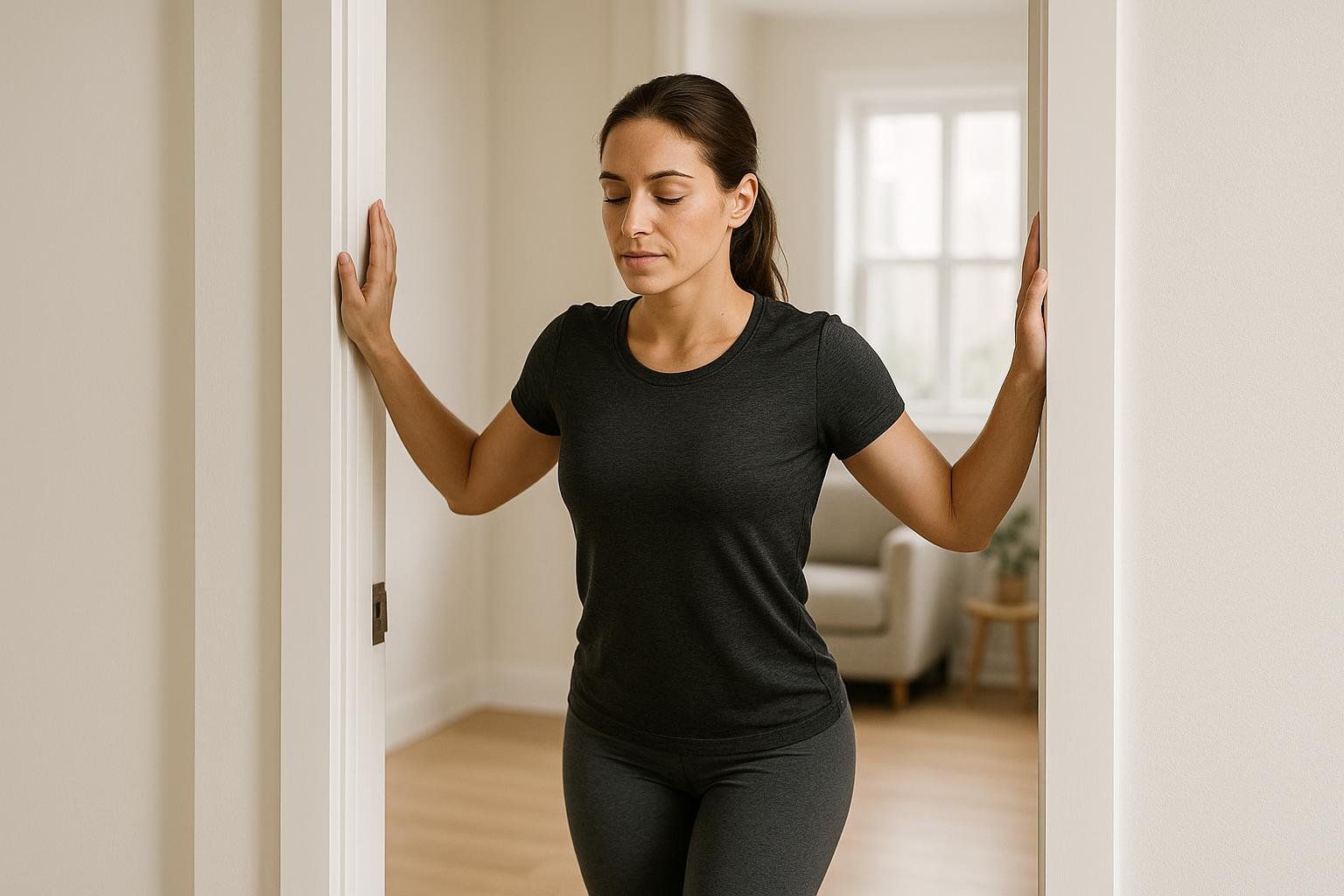
Static Stretching
- Hold stretches for 15-60 seconds
- Best performed after workouts when muscles are warm
- Examples: Hamstring stretch, calf stretch, chest doorway stretch
Dynamic Stretching
- Moving through range of motion with control
- Ideal for warm-ups before exercise
- Examples: Leg swings, arm circles, walking lunges
PNF Stretching (Proprioceptive Neuromuscular Facilitation)
- Contract-relax technique for advanced flexibility
- Often performed with a partner or trainer
- A highly effective method for increasing range of motion
Yoga and Pilates
- Combines flexibility with strength and balance
- Mind-body connection enhances stress relief
- Multiple styles available for all fitness levels
Daily Flexibility Routine (10 Minutes)
Morning Mobility (5 Minutes)
- Neck rolls: 5 each direction
- Cat-cow stretches: 8-10 repetitions
- Hip circles: 8 each direction
- Ankle circles: 8 each direction
Evening Relaxation (5 Minutes)
- Seated forward fold: 30 seconds
- Figure-4 hip stretch: 30 seconds each side
- Chest opener: 30 seconds
- Child's pose: 60 seconds
Type 4: Balance Training
Balance training is a critical component for both long-term functional independence and peak athletic performance. Rather than simply standing on one foot, modern balance training improves your ability to maintain stability and control during both static positions and dynamic movements.
Why Balance Training Matters
Poor balance significantly increases fall risk, especially in older adults. Research on exercise-based fall prevention shows that structured exercise programs can reduce fall rates by 25% among older adults at a higher risk of falls. Even for younger individuals, balance training improves:
- Athletic performance and agility
- Core strength and stability
- Proprioception (body awareness)
- Confidence in movement
Balance Exercise Examples

Static Balance Challenges
- Single-leg stands: 30 seconds per leg
- Tandem stance (heel-to-toe): 30 seconds
- Single-leg stands with eyes closed: 15-30 seconds
Dynamic Balance Training
- Walking heel-to-toe in a straight line
- Single-leg mini squats
- Standing on one foot while reaching in different directions
- Balance board or wobble cushion exercises
Functional Balance Activities
- Tai chi movements
- Yoga poses like tree pose and warrior III
- Dancing with weight shifts
- Sport-specific agility drills
Weekly Balance Training Schedule
- Monday: 10 minutes static balance holds
- Wednesday: 15 minutes dynamic balance challenges
- Friday: 20 minutes tai chi or yoga balance flow
- Daily: Practice single-leg stands while brushing teeth
How Different Exercise Types Affect Your Body Composition
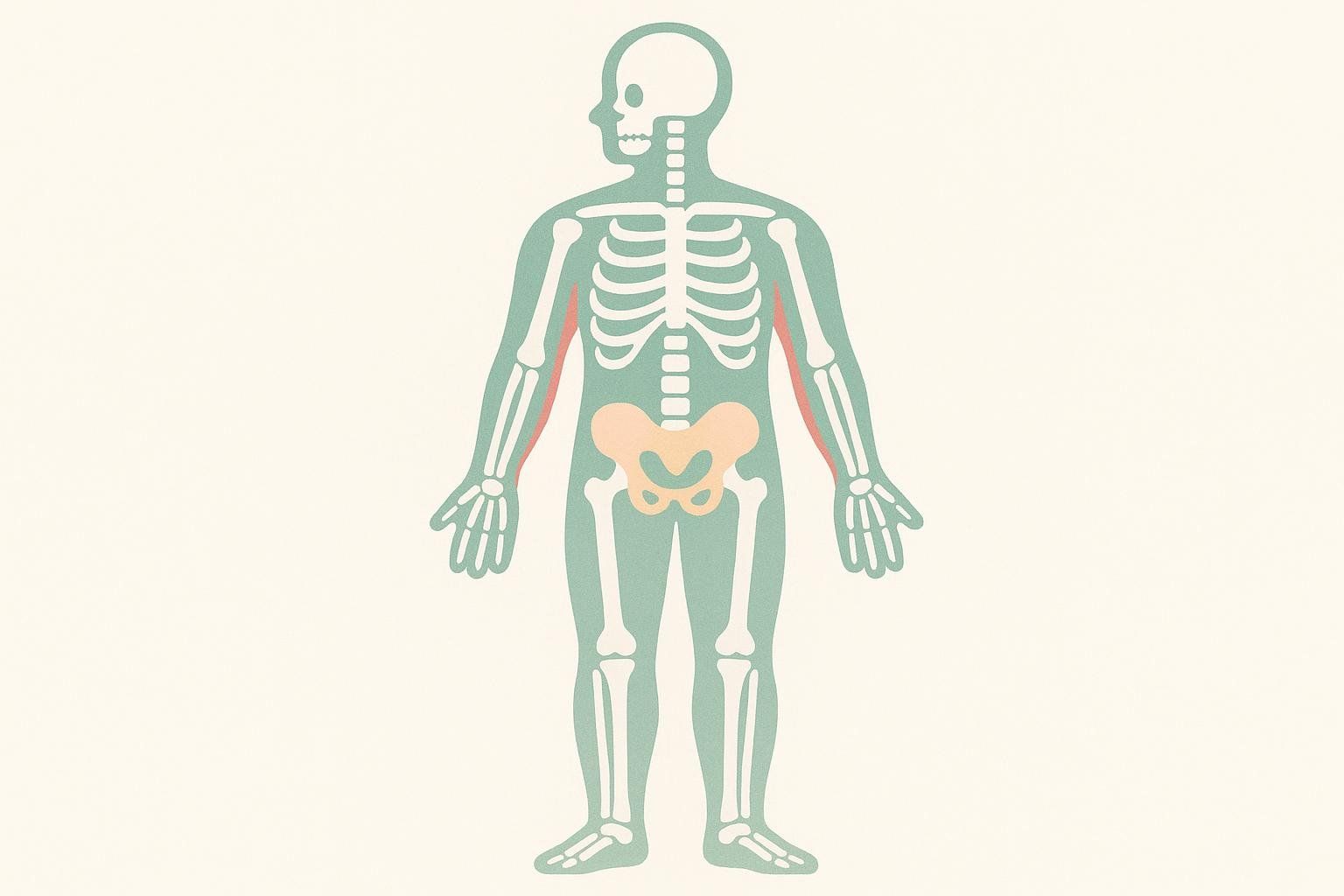
Understanding how each exercise type influences your muscle mass, fat distribution, and bone density helps you design more effective fitness programs. Studies on advanced body composition analysis allow precise measurement of these changes over time.
Aerobic Exercise and Body Composition
- Fat Loss: Primary benefit, especially when combined with proper nutrition
- Muscle Preservation: High volumes of cardio without adequate strength training and nutrition may compromise muscle mass
- Bone Density: Weight-bearing cardio (walking, jogging) maintains bone health
- Visceral Fat: Particularly effective at reducing dangerous abdominal fat
Strength Training and Body Composition
- Muscle Growth: Primary adaptation, increasing lean body mass
- Metabolic Rate: Boosts resting metabolic rate by building metabolically active muscle, which contributes to long-term fat management
- Bone Density: Creates bone-building stimulus through mechanical loading
Flexibility Training and Body Composition
- Direct Effects: Minimal impact on muscle mass or fat loss
- Indirect Benefits: Improves exercise quality and consistency
- Recovery Enhancement: Reduces muscle soreness and stiffness
- Injury Prevention: Maintains exercise consistency long-term
Balance Training and Body Composition
- Core Strengthening: Develops deep stabilizing muscles
- Functional Movement: Improves exercise form and efficiency
- Activity Confidence: Encourages more active lifestyle
- Fall Prevention: Protects existing muscle and bone mass
Creating Your Balanced Exercise Program
For Beginners: Building Your Foundation (Weeks 1-8)
Monday, Wednesday, Friday: Full-Body Strength + Flexibility
- 10-minute walk (aerobic)
- 20-minute strength training circuit
- 10-minute flexibility routine
Tuesday, Thursday: Aerobic + Balance
- 20-30 minute moderate cardio
- 10-minute balance training
Weekend: Active Recovery
- Leisurely walk, bike ride, or recreational activity
- 15-20 minutes yoga or stretching
For Intermediate: Performance Development (Weeks 9-24)
Monday, Wednesday, Friday: Strength Focus
- 15-minute dynamic warm-up
- 30-40 minute strength training
- 15-minute flexibility and balance work
Tuesday, Thursday: Aerobic Training
- 30-45 minutes varied intensity cardio
- Include both moderate steady-state and interval training
Saturday: Active Integration
- Activities combining multiple exercise types (hiking, sports, classes)
Sunday: Recovery and Mobility
- Gentle yoga, walking, or complete rest
For Advanced: Optimization and Specificity (6+ Months)
Periodized Training: Systematically vary intensity, volume, and focus
Sports-Specific: Tailor exercise selection to performance goals
Recovery Monitoring: Use tools like HRV and body composition tracking
Professional Guidance: Work with qualified trainers and sports medicine professionals
Measuring Your Progress: Why Body Composition Matters More Than Weight
Traditional bathroom scales can't distinguish between muscle, fat, bone, and water—making them poor indicators of exercise program effectiveness. Many people get discouraged when the scale doesn't move, even though they're gaining muscle and losing fat simultaneously.
The DEXA Advantage for Exercise Tracking
DEXA scans provide precise measurements of:
- Total and regional body fat percentage
- Lean muscle mass distribution
- Bone density throughout your skeleton
- Visceral fat levels (the dangerous fat around organs)
- Appendicular lean mass (muscle in arms and legs specifically)
What DEXA Results Reveal About Your Exercise Program
Effective Aerobic Training Shows:
- Decreased body fat percentage
- Reduced visceral fat area
- Maintained or slightly increased bone density
Successful Strength Training Demonstrates:
- Increased lean mass, especially in trained muscle groups
- Improved bone density
- Favorable muscle distribution
Balanced Programming Reveals:
- Simultaneous muscle gain and fat loss (body recomposition)
- Proportional strength increases across all limbs
- Optimal muscle-to-fat ratios for health and performance
Tracking Your Exercise Journey
Schedule a DEXA scan every 3-6 months to:
- Validate your exercise program effectiveness
- Identify areas needing adjustment
- Stay motivated with objective progress data
- Optimize your approach based on results
Common Exercise Mistakes and How to Avoid Them
Mistake #1: Focusing on Only One Exercise Type
Many people exclusively run, lift weights, or do yoga without incorporating other exercise types. This creates imbalances and limits overall fitness development.
Solution: Include all four exercise types weekly, even if you emphasize one area.
Mistake #2: Ignoring Progressive Overload
Doing the same workout repeatedly won't drive continued adaptations. Your body needs increasing challenges to improve.
Solution: Systematically increase intensity, duration, or complexity every 1-2 weeks.
Mistake #3: Neglecting Recovery
Exercise creates stress; adaptation happens during recovery. Insufficient rest leads to plateaus and injury.
Solution: Allow 48-72 hours between intense sessions for the same muscle groups.
Mistake #4: Prioritizing Speed Over Proper Form
Rushing through exercises with poor technique increases injury risk and reduces effectiveness.
Solution: Master movement patterns with bodyweight before adding external resistance.
Mistake #5: All-or-Nothing Thinking

Many people believe that if they can't follow their exercise plan perfectly, they shouldn't bother at all. This can lead to feelings of failure after a missed workout, causing people to abandon their program entirely rather than making small adjustments.
Solution: Aim for consistency over perfection—a shorter, safe workout is better than skipping activity entirely. Focus on getting back on track after missed sessions rather than giving up altogether.
Exercise Modifications for Special Populations
Before starting any new exercise program, consult with your healthcare professional, especially if you have pre-existing health conditions or concerns about your fitness level.
For Older Adults (65+)
Focus on functional movements that support daily activities:
- Strength: Sit-to-stand exercises, resistance band work
- Aerobic: Walking programs, water exercise, dancing
- Balance: Tai chi, single-leg stands with support
- Flexibility: Chair-based stretching, gentle yoga
Safety considerations: Start slowly, use support when needed, avoid high-impact activities if joint problems exist.
For Desk Workers
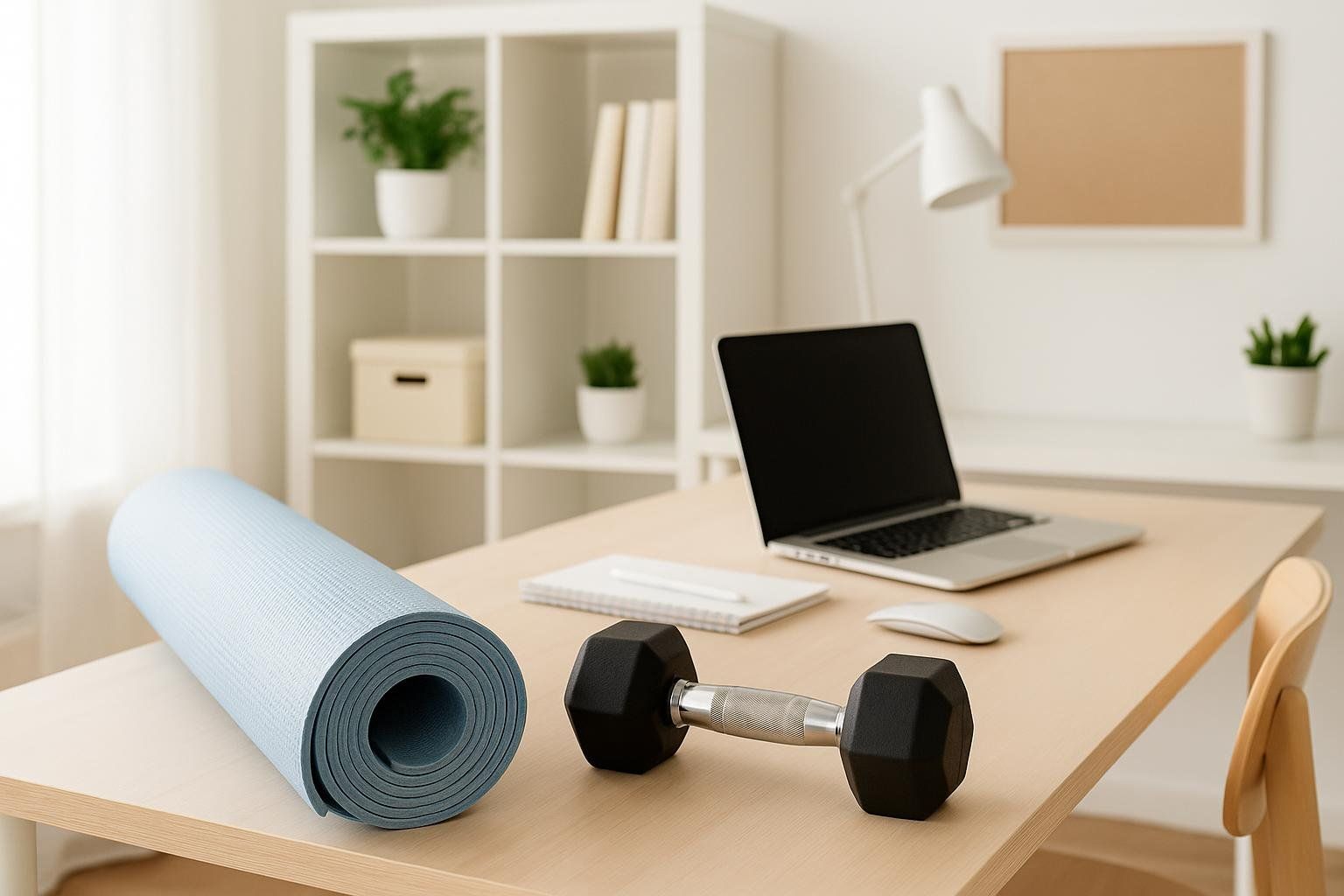
Address common issues from prolonged sitting:
- Posture correction: Upper back strengthening, chest stretching
- Hip mobility: Hip flexor stretches, glute activation
- Core stability: Planks, dead bugs, bird dogs
- Movement breaks: 2-minute walks every hour
For Parents with Limited Time
High-efficiency strategies:
- Compound movements working multiple muscle groups
- HIIT workouts for time-efficient cardio
- Active family time (playground workouts, family bike rides)
- Home-based bodyweight routines
For Athletes
Sport-specific considerations:
- Movement patterns that transfer to sport performance
- Injury prevention for common sport-related issues
- Periodized training to peak for competition
- Recovery and regeneration protocols
Nutrition and Exercise: The Winning Combination
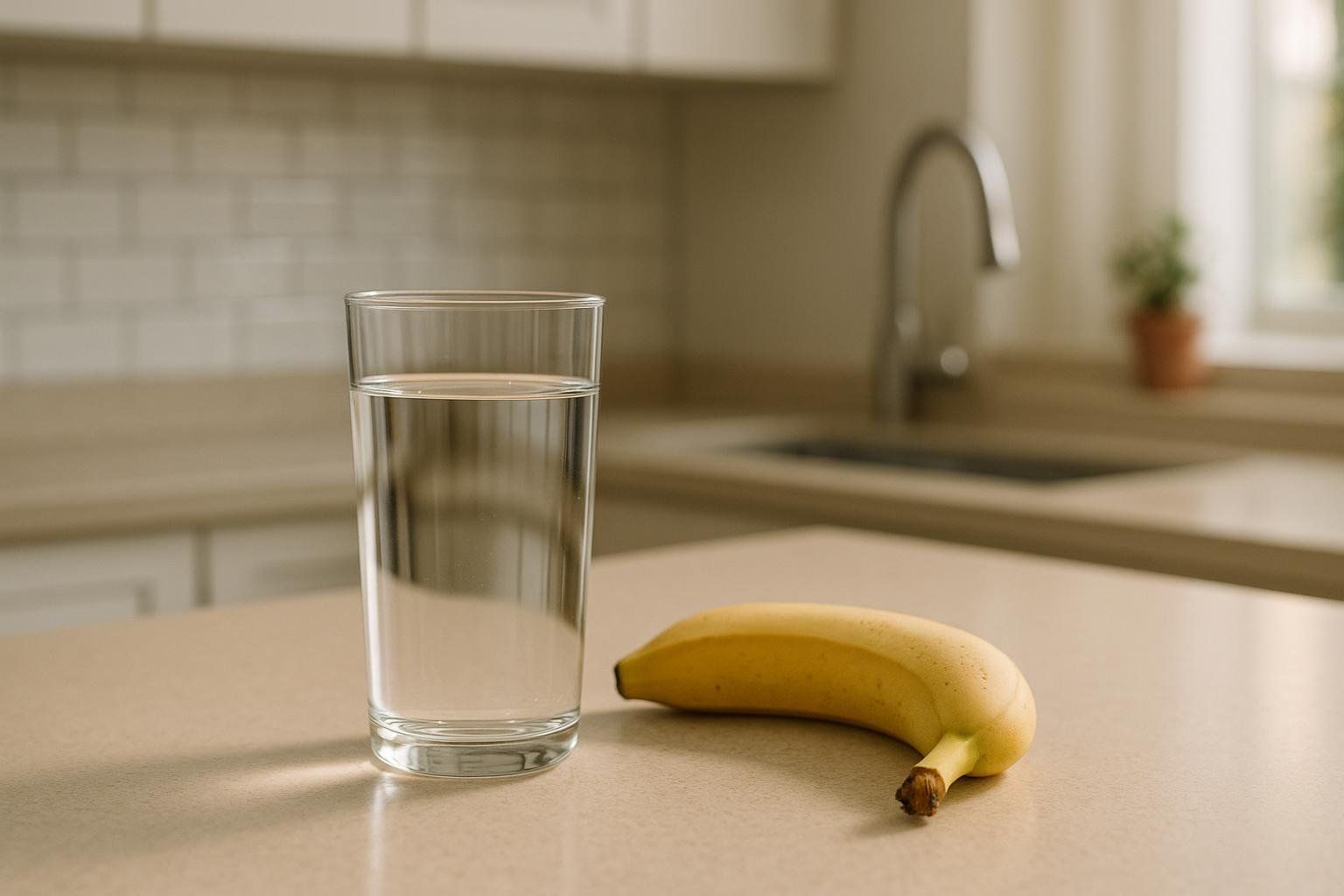
Exercise alone doesn't guarantee body composition changes—nutrition plays an equally important role. The combination of strategic exercise and proper nutrition creates ideal conditions for muscle growth and fat loss.
Pre-Exercise Nutrition
General Guideline: 1-2 Hours Before Exercise:
- Balanced meal with carbs and protein
- Examples: Oatmeal with berries, Greek yogurt with fruit
General Guideline: 30-60 Minutes Before Exercise:
- Light, easily digestible carbs
- Examples: Banana, small slice of toast
Post-Exercise Nutrition
Within 30-60 Minutes Post-Exercise (especially after strength training):
- Protein to help repair muscle tissue and carbohydrates to replenish energy stores
- Examples: Protein shake with fruit, chocolate milk
1-2 Hours Post-Exercise:
- Complete meal supporting recovery goals
- Focus on whole foods and adequate hydration
Hydration Guidelines
- Before Exercise: 16-20 oz fluid 2-3 hours prior
- During Exercise: 6-12 oz every 15-20 minutes
- After Exercise: 150% of fluid lost through sweat
The Mental and Emotional Benefits of Balanced Exercise
Physical benefits often motivate people to start exercising, but mental health improvements keep them consistent long-term.
Stress Relief and Mood Enhancement
Different exercise types affect mental health differently:
- Aerobic exercise: Releases endorphins, reduces anxiety and depression
- Strength training: Builds confidence, improves body image
- Flexibility work: Promotes relaxation, reduces muscle tension
- Balance training: Enhances mind-body connection, improves focus
Building Exercise Habits That Stick
Start small: 10-15 minutes daily beats ambitious plans you can't maintain
Stack habits: Attach exercise to established routines (morning coffee, evening walk)
Track progress: Use apps, journals, or understanding your body composition to stay motivated
Find community: Exercise with friends, join classes, or work with trainers
Celebrate wins: Acknowledge improvements beyond just weight loss
The Future of Exercise: Personalization Through Data
Modern fitness is moving beyond one-size-fits-all approaches and toward individualized programming based on extensive data. Understanding your unique body composition, genetics, and response patterns allows for optimal exercise prescription.
Emerging Technologies
Wearable Devices: Track heart rate variability, sleep quality, and recovery metrics
Advanced Body Composition Analysis: Detailed muscle distribution and metabolic measurements
AI-Powered Coaching: Personalized program adjustments based on real-time data
The Role of Precision Fitness
DEXA technology continues evolving to provide more detailed body composition insights:
- Regional muscle development tracking
- Bone density changes from specific exercises
- Visceral fat response to different training types
- Sarcopenia risk assessment and prevention
This precision allows for highly personalized exercise recommendations, targeting what your body needs to effectively reach its health and performance goals.
Conclusion: Your Journey to Complete Fitness
The four types of exercise—aerobic training, strength training, flexibility work, and balance training—form the foundation of complete physical fitness. While you might prefer certain types, incorporating all four creates synergistic benefits that exceed what any single approach can achieve alone.
Whether your goal is maintaining independence as you age, conquering the effects of desk work, or optimizing athletic performance, understanding and applying these exercise principles puts you on the path to success.
Remember that true fitness isn't measured by a number on a scale—it's reflected in how you move through life with strength, energy, and confidence. By combining strategic exercise with precise progress tracking through body composition analysis, you can optimize your approach and achieve results that last a lifetime.
Ready to start your balanced fitness journey? Use the principles in this guide to build your routine, and schedule a baseline DEXA scan to track your progress with precision from day one.
